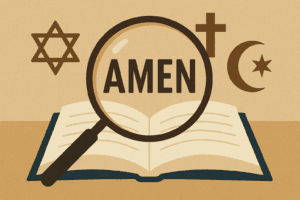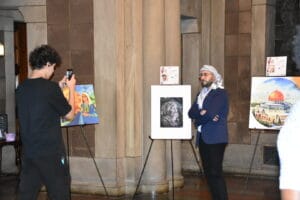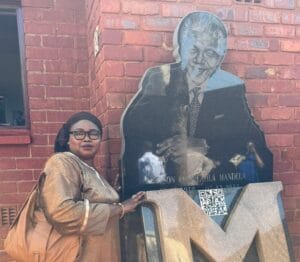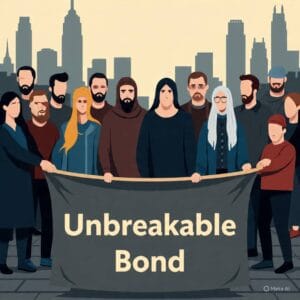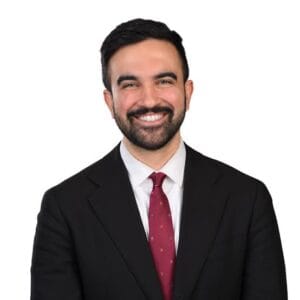NATO-led peacekeepers guard medieval monastery in Kosovo

Located at the foot of the Balkans’ Accursed Mountains, the Decani Monastery is seen as a symbol of Serbia’s religious heritage in Kosovo — and a “miracle” of survival through many conflicts.
The 14th century domed building, a World Heritage site which still boasts its original frescoes, is under 24-hour guard by NATO-led peacekeepers.
They are stationed at the approach to the monastery, their armored vehicle topped with a big gun and sandbagged sentry post anomalous in the bucolic valley.
Inside the monastery compound, the soldiers’ camouflage uniforms mingle with the black robes of the 20 Eastern Orthodox monks who live there.
Since the ethnic Albanian majority of Kosovo rose up in 1998-1999 against Belgrade, sites linked to Serbian heritage such as the monastery have become targets.
Although the situation in Kosovo has largely calmed in the two and a half decades since the 1999 Kosovo war, in which NATO intervened, simmering tensions require continued vigilance by the NATO-led KFOR peacekeeping force.
Tensions are currently at their highest since 2004, KFOR commanders say, with ethnic Albanians claiming municipal administrations in Serb-majority flashpoint towns in Kosovo’s north, and Serbia holding three Kosovo policemen that were arrested mid-June.
– A haven –
The peace that reigns in Decani Monastery makes those troubles seem a world away, but its monks are aware that conflict has often lapped at its walls.
“Two Balkans wars, two world wars, Communism… the church suffered a lot. So it is kind of a miracle the church survived in such conditions,” one of them, Father Petar, told journalists including AFP who visited under KFOR escort in late June.
The monk did not dwell on what threats the site confronts today, emphasizing instead its mix of Gothic, Byzantine and Eastern architecture.
“It is a combination of the most beautiful elements of Christian art, from east and west,” Father Petar said, observing that the church has “never changed” over its 700-year history.
During the Kosovo war and its aftermath, the monastery was a refuge for people of several religious beliefs, a haven from ethnic rivalries.
Built between 1327 and 1335, its founder was Serbian King Stefan Decanski, after whom it and the nearby village was named — though Serbs refer to the village as Decani while ethnic Albanians call it Decan.
Orthodox faithful come from far to worship the remains of King Stefan, who was anointed Saint Stefan of Decani, which are kept in the altar under the cupola inside the monastery.
KFOR soldiers keep a respectful watch inside and outside the monastery as monks carry out the rituals.
“Our job is to maintain good relations with all the municipality elements, disparate ethnics (ethnicities) of course,” said the KFOR team leader for the site, Sergeant Manuel Cetrullo.
©️ Agence France-Presse



